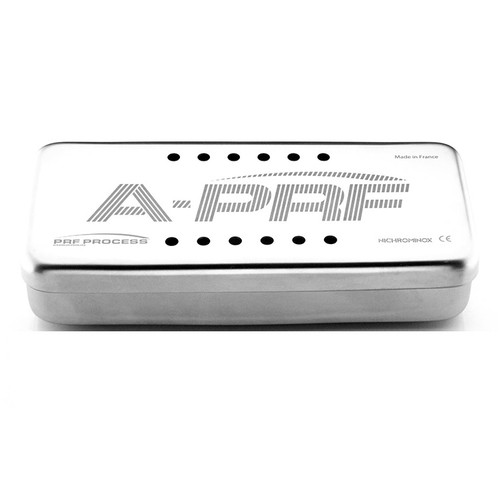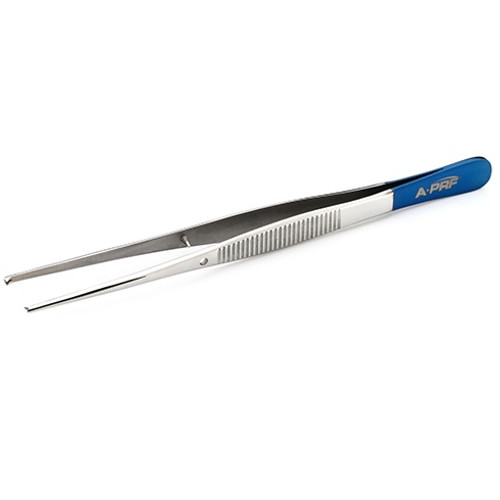- Main purpose is to facilitate the mixing of different materials to create specific, ready-to-use biomaterials for surgical procedures
Features:
-
Mixing Bone Graft and Creating "Sticky Bone":
- This is the primary function of the PRF Bowl
- Designed to be a sterile mixing container
- Particulate bone graft materials (either autogenous, allograft, or xenograft) are placed in the bowl and then mixed with liquid PRF (I-PRF or S-PRF, which is the exudate collected from the PRF Box)
- The liquid PRF acts as a natural biological binder, causing the bone particles to clump together into a cohesive, moldable, and easy-to-handle material often referred to as "sticky bone"
- This material is highly beneficial because it is much easier for a surgeon to place and stabilize in a surgical site, such as a tooth extraction socket or a site for a sinus lift
-
Containing and Manipulating Materials:
- The recessed design of the bowl helps to prevent the accidental spillage of bone graft particles or other materials during the mixing process, ensuring a clean and efficient workflow.\
-
Cutting and Preparing PRF:
- The bowl can also be used as a surface for cutting and preparing PRF membranes
- Surgeons can place a membrane in the bowl and use PRF scissors to cut it into smaller pieces, which can then be mixed with bone graft or used as a standalone material in specific defects







